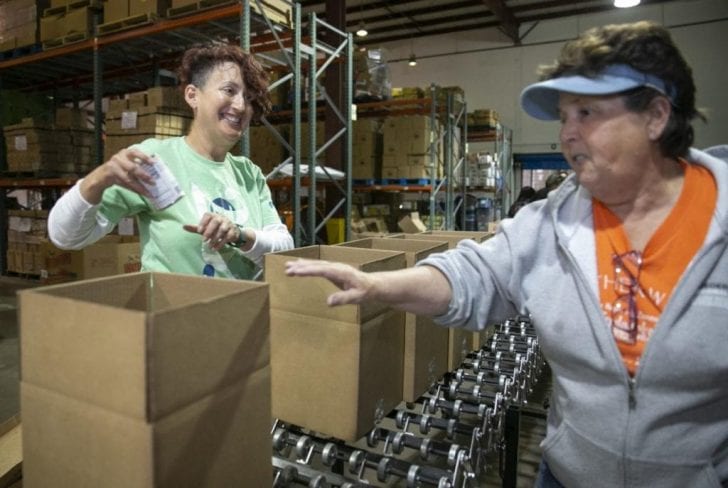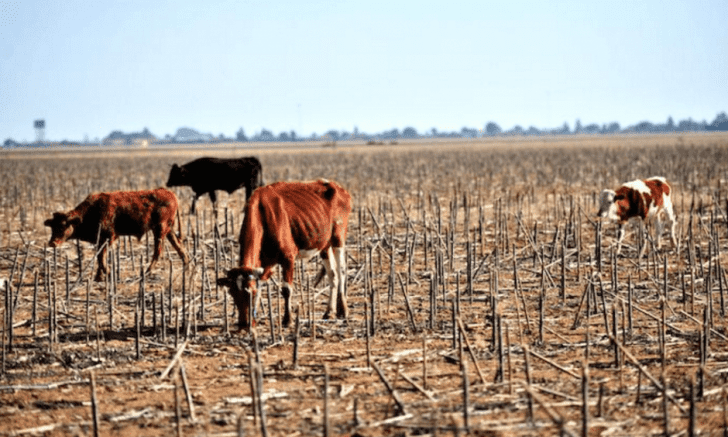While some of us eat three or more times a day, others get by with one, sometimes not enough to even be called a meal, a social issue that’s barely new.
While the problem with worldwide hunger remains far from over, there are kind souls who extend a limb to those in need, making sure that they help in any way possible.
One of them is Jess Kurti, a name that doesn’t ring a bell for most people but who should definitely be hailed, especially that she recently completed the Beast of Burden Challenge.
Dedication as a Volunteer
Jess recently made herself proud when she volunteered at the Fredericksburg Food Bank, giving out food boxes to those with disabilities and elderly, that marks her 200th service to food banks listed under the Feeding America network, which said the 47-year-old was the first to do so.
According to its website, the domestic hunger-relief organization supplies more than 4.7 million meals per year through food banks in different parts of the United States.

The admirable volunteer tendered her service at a local food bank before embarking on her self-titled Beast of Burden Challenge in 2014 – which she named after the mammoth effect of hunger.
After losing her job in Fort Myers, Florida in 2012, she realized that she wanted a serious change after learning that her efforts in the local food bank she was volunteering at greatly helped those in need, hence her journey to fulfilling her vow.
Scale of Hunger
Since Jess started the challenge, she had helped get vegetables from gardens, load delivery vans, fix donation boxes for Hurricane Sandy victims, prepared meals for children, and finished marathons to prove that there’s a connection among health, nutrition, and physical activity.
The commitment to helping in food banks will be a life-long journey, she said. Feeding America CEO Claire Babineaux-Fontenot admired the volunteer for her efforts to travel the country, which exposed her to the real image of the effects of the problem in America.

However, Jess didn’t always know the scale of hunger in the country. Eventually she learned that there are 40 million Americans who are food insecure, which, according to the Economic Research Service means they don’t always have access to enough food to sustain an active and healthy life.
Data on World Hunger
A report released by the Food and Agriculture Organization (FAO) of the United Nations, Unicef, and other organizations found that world hunger has steadily increased.
The number of undernourished slid from 23.3 percent of the population in 1990 to 1992 to 12.9 percent in 2015, a streak which was quite promising.
However, global hunger started soaring: in 2014, 783.7 million; 2015, 784.4 million; 2016, 804.2 million; and 820.8 million in 2017.

The organizations point to climate change events and conflict as the reasons for the rise in global hunger. The never-ending war in Syria, Somalia, Afghanistan, and Yemen has resulted in millions of unfed people.
Extreme droughts, meanwhile, was observed in the past 10 years in Africa that impacted agriculture. FAO senior economist Cindy Holleman said that marginalization, income inequalities, and poverty also play a role.




